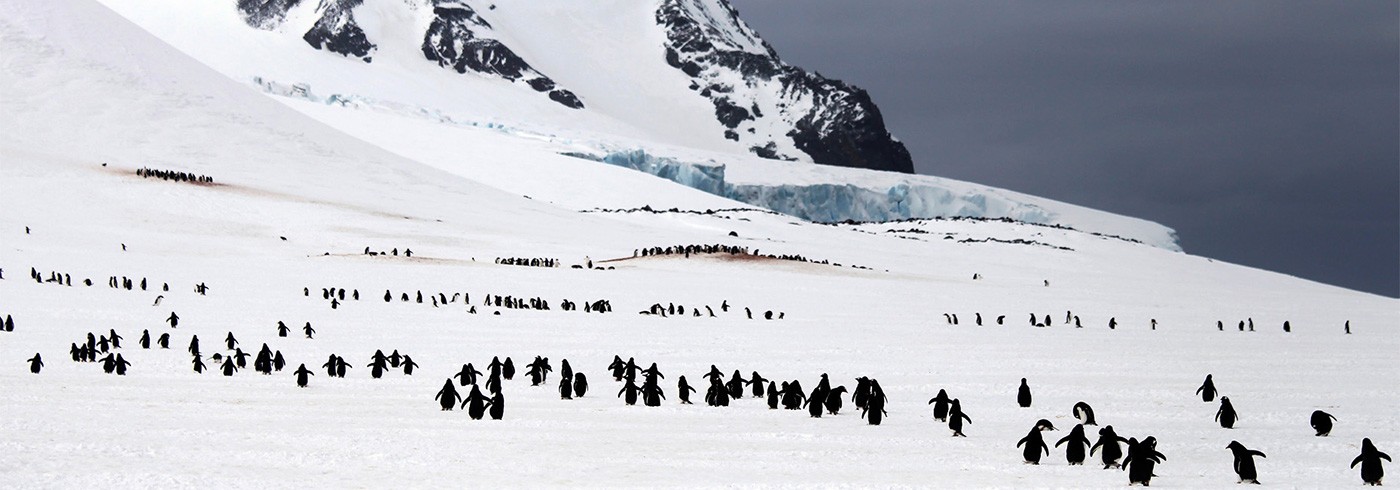Antibiotic-resistant Enterobacteriaceae in several Antarctic bird populations
20 December 2012 - 1 February 2013This project seeks to determine the extent to which the current development of antibiotic resistance and its environmental spread have affected remote natural environments far from human activity.
Most research into the epidemiology of antibiotic resistance has focused on human and veterinary medicine, but there is an increasing interest in understanding how bacterial resistance is transferred within reservoirs in natural environments.
Wild birds could be important with regard to antibiotic resistance in several ways. Birds could act as sentinels, mirroring human activity and its impact on the environment because of their diverse ecological niches and because they easily pick up human and environmental bacteria. Birds could also spread antibiotic resistance through the combination of picking up resistant bacteria and migrating long distances in short periods. Dense bird colonies could therefore serve as reservoirs and crucibles for resistant bacteria and resistance genes.
To study the occurrence of antibiotic resistance in bird populations in Antarctic and sub-Antarctic regions in relation to feeding habits, possible human impact in the area, and bird migration patterns, we participated in a commercial cruise arranged by Quark Expeditions. This allowed us to visit several bird colonies on the Antarctic Peninsula, South Georgia, and the Falkland Islands.
Bird faecal samples were taken by collecting fresh droppings directly from the ground. The samples were kept refrigerated during the cruise and analysed on arrival in Sweden. The results are preliminary but we found acquired antibiotic resistance in bacteria isolated from birds in both South Georgia and the Antarctic Peninsula. The results will be published in peer-reviewed scientific papers.




